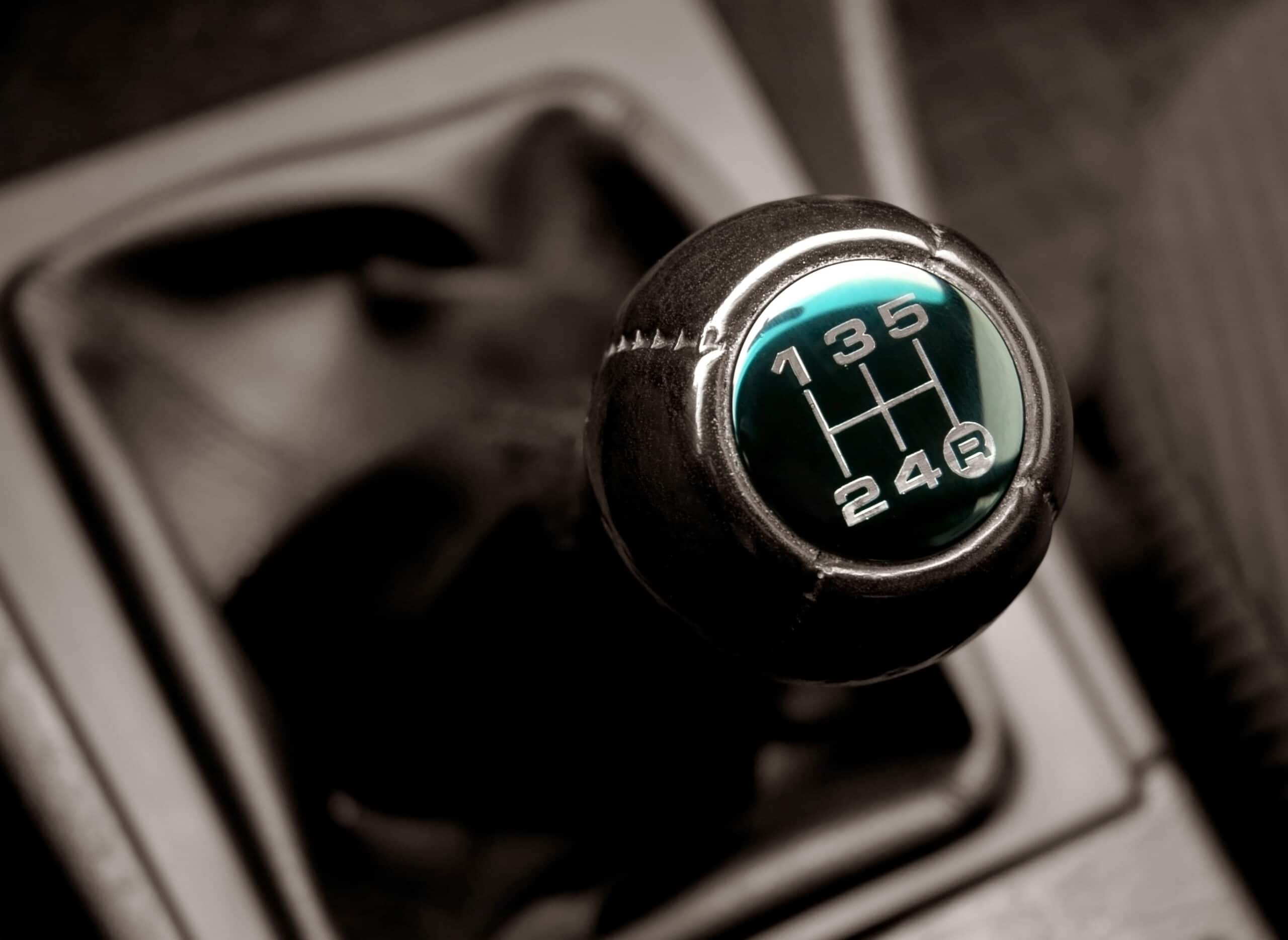The evolution of automotive technology has been marked by continuous innovation, and the development of performance transmissions stands as a testament to the quest for enhanced driving experiences. From the early days of manual gear shifting to the sophisticated electronic transmissions of today, the history of performance transmissions is a journey through time, reflecting the pursuit of speed, efficiency, and precision in the world of automobiles.
I. Early Days of Manual Transmissions:
A. Invention of the Manual Transmission: The earliest automobiles featured manual transmissions, requiring drivers to manually shift gears using a gear lever and a clutch pedal. Inventors like Karl Benz, widely credited with creating the first true automobile in the late 19th century, incorporated rudimentary manual transmissions in their designs.
B. Non-Synchronous Transmissions: Early manual transmissions lacked synchronization mechanisms, making gear changes a challenging and often grating experience for drivers. The absence of synchronizers meant that drivers had to carefully match engine speed to the transmission speed before engaging the next gear.
C. Development of Synchronized Transmissions: The introduction of synchronized transmissions in the 1920s marked a significant improvement in user experience. Synchronizers made shifting gears smoother and more accessible, paving the way for a more widespread adoption of manual transmissions.
II. Automatic Transmissions Enter the Scene:
A. Birth of Automatic Transmissions: The mid-20th century saw the emergence of automatic transmissions, offering a revolutionary shift in driving dynamics. General Motors introduced the Hydra-Matic automatic transmission in the 1940 Oldsmobile, ushering in a new era of convenience for drivers who no longer had to manually shift gears.
B. Torque Converters and Fluid Couplings: Automatic transmissions introduced the use of torque converters and fluid couplings, providing a smoother transfer of power between the engine and the transmission. Torque converters allowed the vehicle to come to a stop without stalling the engine, a significant advantage over manual transmissions.
III. Performance Transmissions Take the Stage:
A. Muscle Car Era: The 1960s and 1970s witnessed the rise of the muscle car era, with manufacturers focusing on creating high-performance vehicles. Performance transmissions became a crucial component in achieving the desired acceleration and speed. Manual transmissions with close-ratio gear sets and higher stall torque converters in automatic transmissions became popular among muscle car enthusiasts.
B. Hurst Shifters and Aftermarket Upgrades: During this era, aftermarket companies like Hurst Performance gained prominence by offering high-performance shifters for manual transmissions. Enthusiasts could upgrade their stock shifters with short-throw units, enhancing the precision and speed of gear changes.
IV. The Electronic Revolution:
A. Introduction of Electronic Control Units (ECUs): The late 20th century marked a shift towards electronic control in transmission systems. Electronic sensors and control units were integrated into transmissions, allowing for more precise control over shifting patterns. This led to improvements in fuel efficiency, drivability, and overall performance.
B. Electronic Automatic Transmissions: Electronic automatic transmissions, commonly referred to as “automatics” or “autos,” became increasingly popular. These transmissions featured electronic solenoids and sensors to manage shift points, adapting to driving conditions for optimal performance.
C. Dual-Clutch Transmissions: The 21st century brought about the widespread adoption of dual-clutch transmissions. These transmissions utilize two separate clutches—one for odd-numbered gears and one for even-numbered gears—enabling rapid and seamless gear changes. Dual-clutch transmissions found favor in high-performance and sports cars for their lightning-fast shifts.
V. Continuously Variable Transmissions (CVTs) and Hybrid Technologies:
A. CVTs: The 21st century also witnessed the rise of continuously variable transmissions (CVTs). Unlike traditional transmissions with fixed gear ratios, CVTs offer a smooth and seamless transition between gears, providing improved fuel efficiency and a smoother driving experience.
B. Hybrid Transmissions: Hybrid vehicles introduced a new dimension to transmission technology, combining internal combustion engines with electric motors. Hybrid transmissions often incorporate features such as regenerative braking and electric-only driving modes, contributing to improved fuel efficiency and reduced environmental impact.
VI. Future Trends and Innovations:
A. Automated Manual Transmissions: The automotive industry is exploring automated manual transmissions, combining the efficiency of manual transmissions with the convenience of automatics. These transmissions eliminate the need for a clutch pedal, providing a compromise between manual and automatic driving experiences.
B. Electrification and Performance: As the automotive industry moves towards electrification, electric vehicles (EVs) are challenging traditional notions of transmissions. Many electric vehicles feature a single-speed transmission or direct drive, eliminating the need for traditional multi-speed transmissions.
C. Advanced Materials and Manufacturing: Ongoing advancements in materials and manufacturing technologies are contributing to the development of lightweight and durable transmission components. These innovations aim to enhance overall performance, fuel efficiency, and durability.
Conclusion
The history of performance transmissions is a fascinating journey through the evolution of automotive technology. From the manual transmissions of the early 20th century to the sophisticated electronic transmissions and hybrid technologies of today, each era has contributed to shaping the driving experiences we enjoy today.
As automotive engineers continue to push the boundaries of what’s possible, the future promises even more exciting developments in transmission technology. Whether it’s the refinement of existing technologies, the integration of artificial intelligence, or the exploration of entirely new propulsion systems, the history of performance transmissions is an ongoing story of innovation, driven by a relentless pursuit of excellence on the road.
